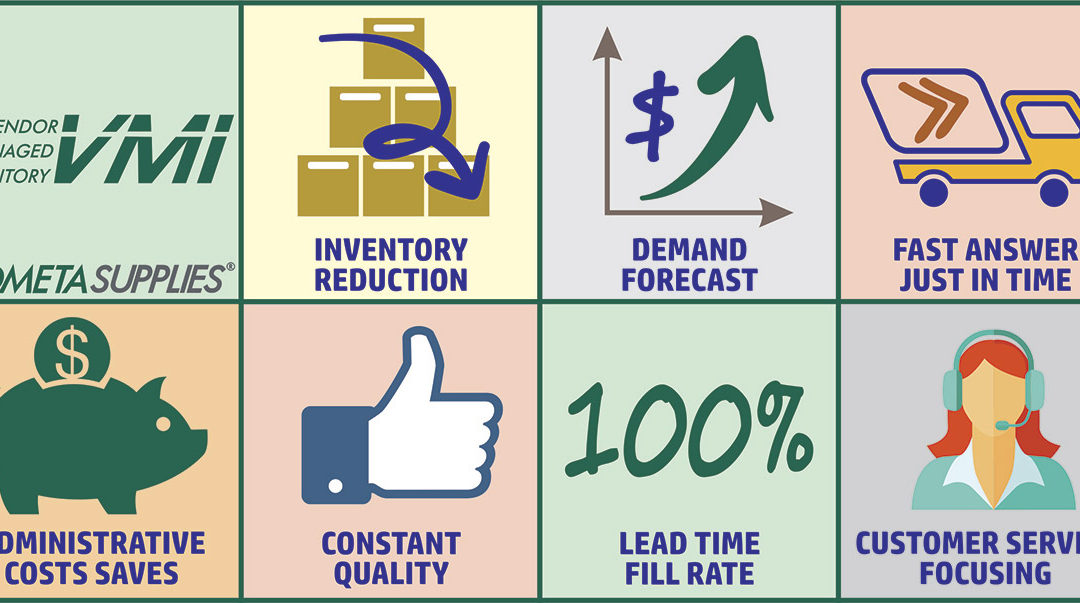Vendor Managed Inventory (VMI) is a business model where the buyer of a product provides information to a vendor of that product and the vendor takes full responsibility for maintaining an agreed inventory of the material either at the vendor warehouse or at the customer’s facility.
Benefits of Using VMI:
- Removal of safety stock
- Lower inventory levels
- Reduction in purchasing-related admin costs
VMI removes the need for the customer to have significant safety stock because the supplier manages the resupply lead times. Lower inventories for the customer can lead to significant cost savings and also avoid obsolescence.
The customer also can benefit from reduced purchasing costs. Because the vendor only one open purchase order, the purchasing department has to spend less time on calculating and producing purchase orders.
In addition, the need for purchase order corrections and reconciliation is removed which further reduces purchasing costs. Cost saving can also be found in reduced warehouse costs. Lower inventories can reduce the need for warehouse space and warehouse resources.
Benefits for the Supplier:
The supplier/manufacturer can gain some benefits from vendor managed inventory as they can gain access to a customer’s point of sale (POS) data makes their forecasting somewhat easier.
Manufacturers can also work their customers’ promotional plans into forecasting models, which means enough stock will be available when their promotions are running.
As a manufacturer has more visibility to their customers’ inventory levels, it is easier to ensure that stock-outs will not occur as they can see when items need to be produced.
VMI – when deployed correctly – is one way to help you supply your customers what they want, when they want it – because – assuming your vendors are managing your inventory in an optimized fashion – you should always have stock on hand. And will be able to ship on time.

